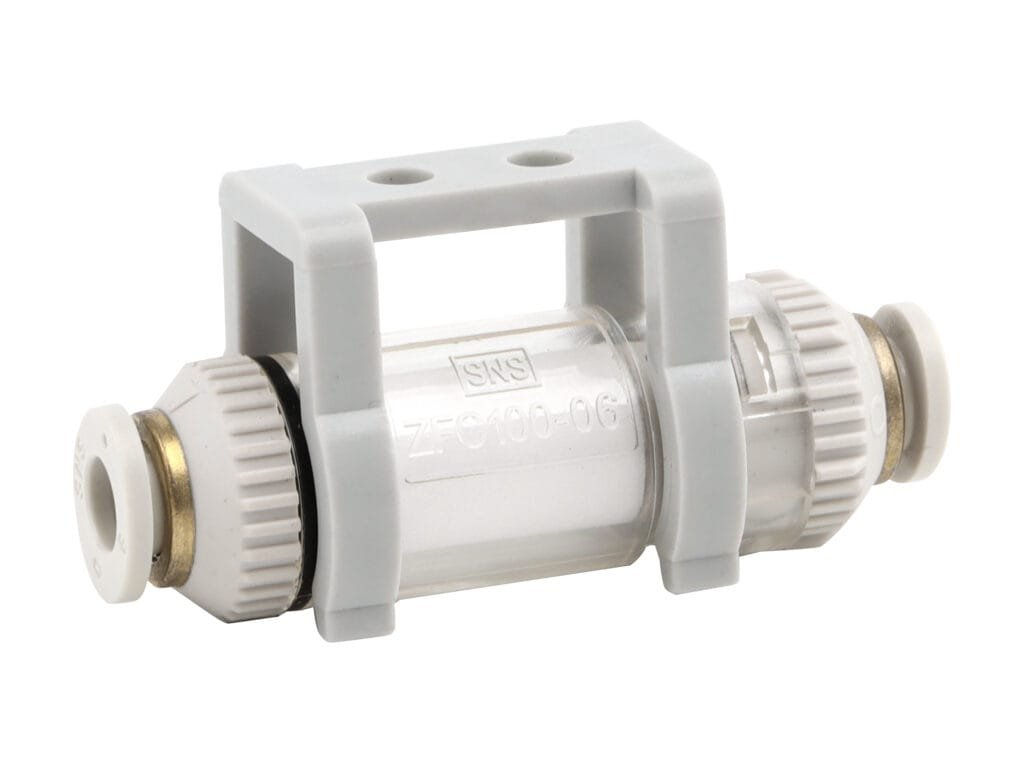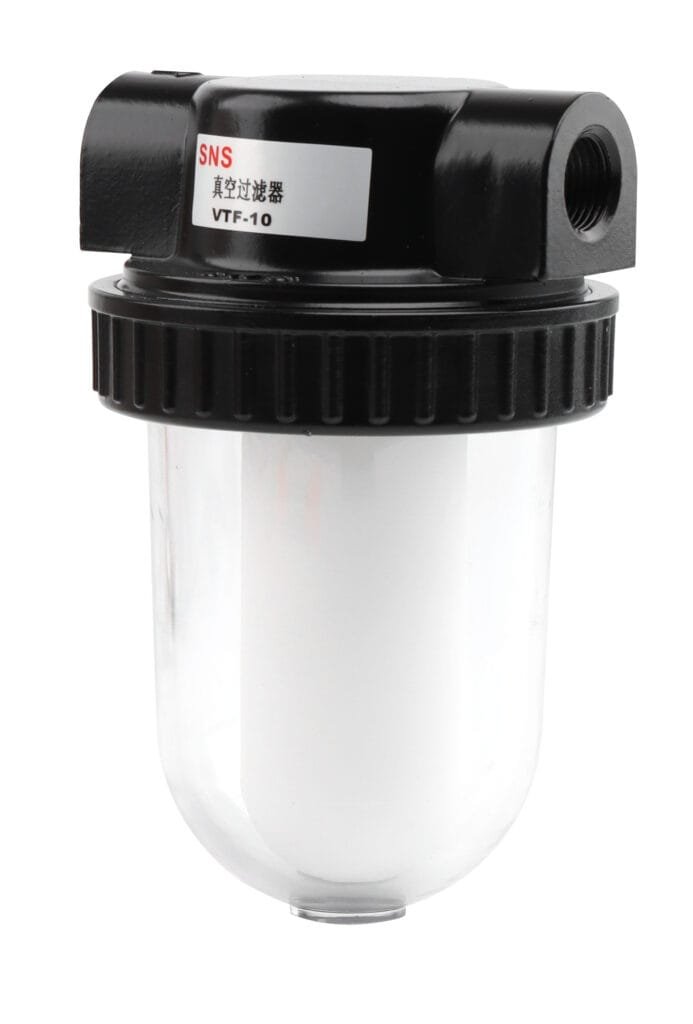Pneumatic actuators are devices that use compressed air to generate mechanical motion for various industrial applications. They come in several types, each with distinct features and operating principles suited for specific tasks.

Types of Pneumatic Actuator
| Type | Subtype | Description |
|---|---|---|
| Rotary Pneumatic Actuator | Vane Actuator | Utilizes mechanical vanes in a cylindrical chamber; best for limited rotational movements |
| Rack and Pinion | Consists of gear set converting linear piston motion into rotation; good for controlling valves | |
| Linear Pneumatic Actuator | Piston | Employs pistons within cylinders; ideal when high-force output is needed |
| Spring/Diaphragm | Features flexible diaphragms with spring mechanisms; perfect for precise modulation control |
Rotary Pneumatic Actuator: Vane Actuator and Rack and Pinion
Rotary pneumatic actuators are critical components in controlling the movement of machines and processes, featuring a design that converts compressed air power into rotational motion.
| Feature | Vane Actuator | Rack and Pinion |
|---|---|---|
| Motion Conversion | Direct pressure-to-rotation | Linear piston to rotational via gears |
| Complexity | Simple | Moderately complex |
| Torque Consistency | Moderate | High |
| Rotation Range | Typically < 360 degrees | Can exceed 360 degrees |
| Size & Weight | Compact | Larger due to additional components |
| Cost Effectiveness | Usually more cost-effective | Higher due to complexity |
| Applications | Limited rotation applications | Applications requiring precise control |
| Adjustability | End-of-stroke adjustments possible | End-of-stroke adjustments standard |
Vane Actuator
Vane actuators operate through the use of a simple mechanism: pressurized air enters the pneumatic chamber, creating force on the vanes that translates into rotational motion. These actuators consist of a central shaft with attached vanes, encased within a cylindrical housing. The air’s pressure exerts force upon the vanes, causing them to move and rotate the central shaft. This rotation can be utilized to control valves or other mechanical components that require precision movement within an angular range.
The vane actuator’s design ensures that it is not only space-efficient but also provides moderate torque output suitable for a variety of industrial applications. It distinguishes itself with smooth operation thanks to minimal friction between moving parts and exhibits high durability under proper maintenance regimes. Additionally, these actuators can be easily adjusted for direction and angle of rotation, making them versatile tools in settings where such adjustments are regularly necessary.
Moreover, vane actuators tend to have fewer leakage issues due to having less dynamic seals compared to other types of rotary actuators. With fewer points of potential failure, they are reliable options for systems where maintaining pressure integrity is crucial.
Rack and Pinion
Rack and pinion actuators are widely used due to their reliability, simplicity, and accuracy in converting linear motion from pistons into rotary motion. This functionality makes them ideal for applications involving valve operation. The ‘rack’ in these actuators is essentially a linear gear matched with a smaller circular ‘pinion’ gear. When the rack moves linearly, it interacts with the teeth of the pinion, resulting in the rotational movement of the latter.
In pneumatic systems, air pressure acts upon a piston or pair of pistons which then drives the rack. Since controlling air pressure is relatively straightforward, this allows precise control over the position and speed of rotation. Such characteristics are integral for process management within various industrial contexts.
These actuators are also characterized by their compact design compared to other types of rotary actuators, making them suitable for tight spaces where direct linear action cannot be accommodated. Moreover, they have fewer moving parts than some other designs, thus potentially reducing maintenance needs and improving longevity.
Rack and pinion configurations can vary to suit different operational demands. For example, single-rack units may offer sufficient power for small-scale operations while double-rack units might be employed to handle higher torques needed in larger industrial environments.
To factor in safety and ensure uninterrupted operations even with potential pressure drops in air supply, some rack and pinion actuators come equipped with a fail-safe mechanism such as a spring-return feature which automatically moves the actuator to its original position during any kind of power failure.

Linear Pneumatic Actuator (Piston, Spring/Diaphragm)
Linear pneumatic actuators are devices that convert the energy from compressed air into a linear motion.
| Type | Mechanism | Single-Acting/Double-Acting | Typical Uses |
|---|---|---|---|
| Piston | Cylindrical barrel | Both | Valves, presses |
| Spring/Diaphragm | Diaphragm and spring | Typically single-acting | HVAC systems, valve control |
Piston
Piston pneumatic actuators are devices that use air pressure to produce linear motion. They consist of a cylinder and a movable element inside, known as the piston, which moves in response to changes in air pressure. The simplicity of their design makes them highly reliable and efficient for converting pneumatic energy into linear force.
These actuators operate using compressed air that enters the cylinder chamber, which either pushes or pulls the piston along the length of the cylinder. This movement enables the actuator to perform tasks such as opening and closing valves or pushing and pulling loads in automation systems.
Two main configurations found within this category are single-acting pistons and double-acting pistons. Single-acting piston actuators use air pressure to move the piston in one direction, while a spring return mechanism moves it back when air pressure is released. Conversely, double-acting pistons require air pressure for both extending and retracting operations, offering greater control over movement.
One significant advantage of piston pneumatic actuators is their high force output relative to their size since pneumatic systems can generate considerable force with small volumes of compressed air. They are also preferred for their resistance to hazardous environments since they don’t create sparks and can operate without electricity.
However, one consideration when implementing these devices is the need for clean and dry compressed air; contamination by moisture or particles can lead to wear and malfunction. Additionally, attachments like sensors may be necessary for more sophisticated applications that require feedback regarding position or speed for better precision control.
Spring/Diaphragm
Spring/diaphragm actuators utilize a flexible diaphragm to create motion by converting air pressure into linear force. These actuators consist of a diaphragm made of durable materials such as rubber or plastic sheet, which is clamped between two halves of the actuator body. The flexible diaphragm typically separates the air supply from the control chamber within the actuator. As the air pressure increases against one side of the diaphragm, it causes it to move, resulting in the compression or extension of a spring mechanism on its opposite side.
The key advantage of this type of actuator is its fail-safe operation. In an event where the air supply fails, the energy stored in the spring ensures that the valve returns to its default position, either ‘open’ or ‘closed,’ depending on how it’s configured. This feature makes them an optimal choice for critical safety applications that require reliable performance under various circumstances.
Additionally, spring/diaphragm actuators offer smooth and gradual movements, which are crucial in processes where precise control over valve positioning is demanded. The inherent design limits potential damage caused by sudden starts or stops in more sensitive systems.
Since they have fewer moving parts when compared with other types like piston actuators, they also tend to have reduced maintenance requirements and greater resistance to wear over time—presenting operators with increased durability and longevity in operational environments.

Types of Actuators by Their Energy Source
The actuators in machinery can be categorized based on the type of energy source they use: electric, hydraulic, and pneumatic.
| Energy Source | Type | Advantages | Common Uses |
|---|---|---|---|
| Electric | Electric | Precision control; Quiet operation | Robotics; Automation |
| Hydraulic | Hydraulic | High force output | Construction; Aerospace |
| Pneumatic | Pneumatic | Reliability; Low maintenance | Manufacturing; Packaging |
In Conclusion
In conclusion, pneumatic actuators come in various designs such as linear, rotary, and semi-rotary types, each suited to specific industrial applications that require reliable, clean, and cost-effective motion control solutions.
Discover how our range of pneumatic actuators can enhance your automation processes by contacting us today. Take the first step towards optimizing your operations with our expert guidance and high-quality equipment.
